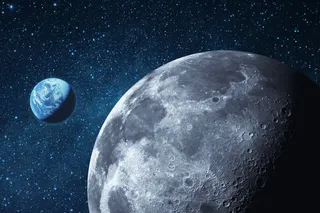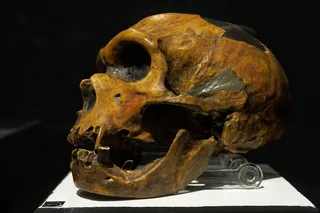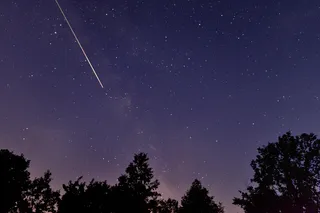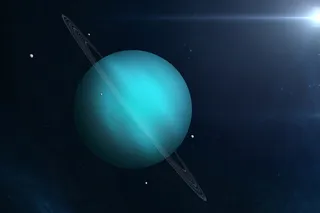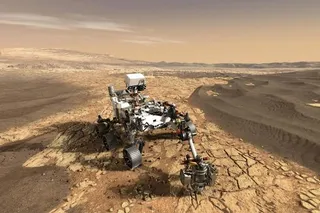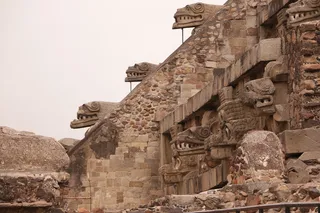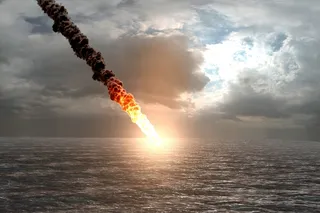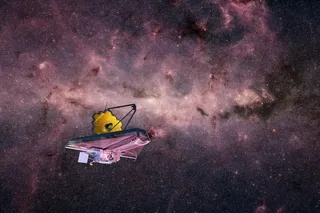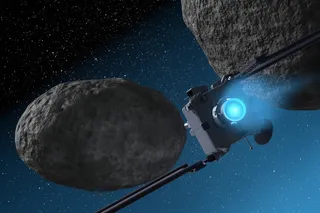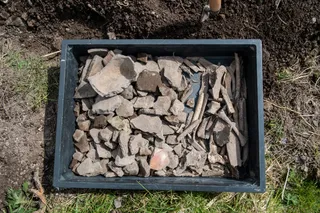By this point in my life, when I attend a large-ish conference like this one the chances are good that I'm older than the average participant. Certainly true here. It's a great chance to hear energetic young people tackling the hard problems, and I certainly have the feeling that the field is in very good hands. It's also a good reminder that we old people need to resist the temptation to fall into a rut, churning out tiny variations on the research we've been doing for years now. It's easy to get left behind! Still, it's also nice to hear a talk on a perennial topic, especially when you hear something you didn't know. Yvonne Wong gave a very nice talk on "hot relics" -- particles that were moving close to the speed of light in the early universe. (They may have slowed down by now, or maybe not.) Neutrinos, ...
Avignon Day 2: Cosmological Neutrinos
Explore hot dark matter and its connection to neutrino masses in the early universe. Discover implications for cosmic microwave background.
More on Discover
Stay Curious
SubscribeTo The Magazine
Save up to 40% off the cover price when you subscribe to Discover magazine.
Subscribe

